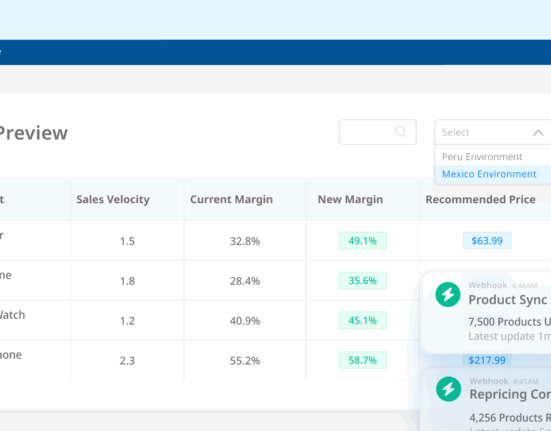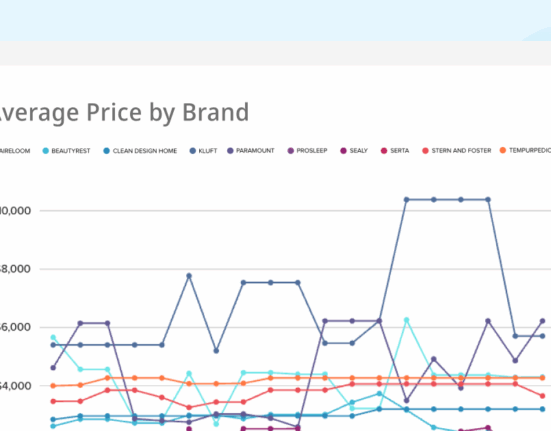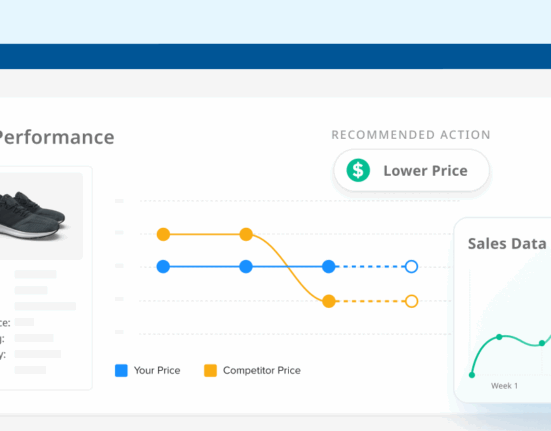Changes in pricing are a given, and often adapt to follow the flow of the market.
Most of the time, these changes in price are value-based. But value is not assigned to a product by the seller, it is determined by the consumer’s readiness to buy the product up to a certain price.
Products are only worth as much as a shopper is willing to pay for them, and that price can be different for different buyers.
What Is Price Segmentation?
Price segmentation is a strategy companies can use to maximize their revenue. It works by charging different groups of customers different prices, usually based on that group’s willingness to buy certain products or services.
Some products have multiple uses and can be marketed toward multiple groups of people, usually determined by their likelihood to have use for and interest in the product.
There are some other factors that can influence price segmentation as well, such as seasonality, geographic location, and availability. For example, a heavy warm coat may be sold at a different price in the summer, or in a tropical location than it would in the arctic in the dead of winter.

What Is the Purpose of Price Segmentation?
Say you have a product priced at $20. Some customers may be willing to spend $30 for this product, while others wouldn’t buy it for more than $15. All of these perspectives need to be taken into consideration for a business to get the maximum amount of revenue possible.
By pricing differently according to a particular group’s willingness to pay for a product, companies ensure that they are targeting a larger group of customers and increase their revenue exponentially.
Examples of Price Segmentation
There are many ways that a price segmentation strategy can be used.
Online vs. In-store
Online customers are usually offered a lower price because they have access to more options, so are willing to pay less. On the bright side, the cost to complete online purchases is lower for the seller, so profits are not too negatively impacted.
Time of Year
The time of year can influence pricing in many different types of retail, such as with the heavy winter coats discussed earlier. Another example of this is vacation prices at resorts. Prices may surge during the summer months when weddings are popular and people tend to take vacation days.
Location/Proximity
This example refers specifically to things like concert or sports tickets. Customers are willing to pay more money the closer they are in proximity to the stage or field. In this case, they are paying for a better experience, driving the prices up.
Volume
Often, companies will charge customers a lower price per unit the more of a product or service they buy. For example, a subscription may cost $10 monthly but only comes out to $108 annually, making the annual rate a better deal at only $9 a month. This can be seen with services like gym memberships or streaming services.
Holiday Pricing
Sellers know that consumers are more willing to pay higher prices for goods around holiday season. Common gifts items like jewelry and electronics become more desirable near Valentine’s Day or Christmas and can therefore be sold at higher prices.
However, the opposite can be said around Black Friday. While people may be inclined to make more purchases, the prices they’re willing to pay are a lot lower. Retailers will account for this and fluctuate their price points to match.

Pros and Cons of Price Segmentation
Segmenting your prices may sound like an obvious answer, but there are many factors to consider. While this strategy may have its advantages, there are also disadvantages you need to be aware of before making a choice.
Pros
- Aimed at getting the highest possible profit from every customer
- Helps to focus your business’ market efforts
- Allows for more specific and measurable goals
- Moves the customer journey along more efficiently
Cons
- Can be expensive and timely to define market segments
- More effort needed to target and market toward each individual segment
- Possibility of overlooking customer segments and therefore losing out on profits
- Possible decrease in brand loyalty if customers find out they paid more than others for the same product
For price segmentation to work it must be done efficiently and effectively, using the proper analyses and planning.
How to Implement Price Segmentation
If price segmentation sounds like it could benefit you, then there are some things that need to be considered when trying to implement it into your pricing strategy.
Identify Your Customer Segments
You will first need to start by identifying the different segments you will be marketing toward. It is important that you understand your prospective markets as much as possible.
Understand which groups are willing to pay higher prices and which have a lower price range. For some buyers, this fluctuates, and timing is everything.
Use an Effective and Accurate Pricing Mechanism
Price mechanisms are used to match the prices of your products or services with the intended customers at the highest price point they are willing to pay. They can benefit your business by being flexible and helping to entice a larger number of customers using deals and promotions when the time is right.
It’s important that you remain subtle with your price changes so as not to appear discriminatory toward any specific segment of shoppers. For price segmentation to work it must be done efficiently and effectively, using the proper analyses and planning.









